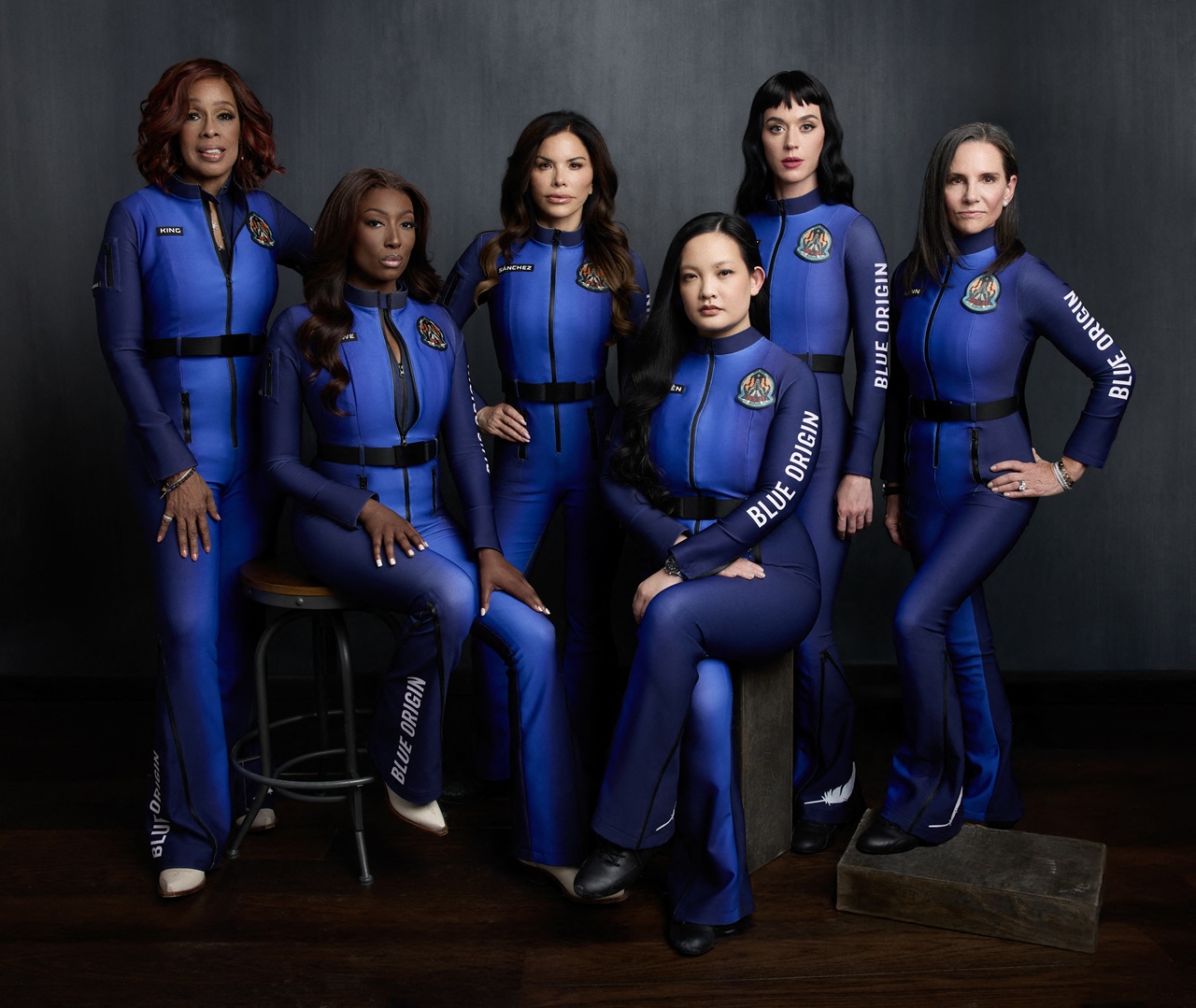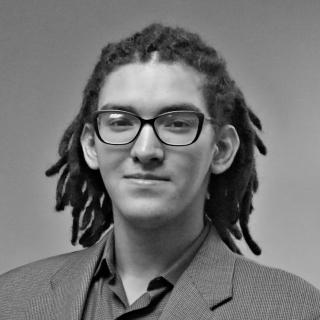
The Latina dermatologist providing complete care for diverse patients
After traveling abroad, Dr. Renata Ruiz recently joined Dermatology Partners’ Lexington Park office to provide skin care to the community's diverse patients.
Dermatology Partner’s Lexington Park office serves a diverse community of people. In the first week of August, they were joined by Dr. Renata Ruiz, a dermatologist who seeks to connect to her patients by speaking their native language.
Born in Brazil, she learned Portuguese growing up, learned English to take classes in the U.S., and is now learning Spanish to speak to her patients in their own language.
Dr. Ruiz graduated with a bachelor’s from Boston University, completed her medical degree at the University of Massachusetts, and continued on to complete her internal medicine internship and dermatology training at Brown University.
She has traveled extensively, going abroad to 20 different countries before choosing to come to Lexington Park, seeking to offer treatment to its Portuguese and Spanish speaking Hispanic communities.
Dr. Ruiz spoke with AL DÍA about her experiences and how she became the dermatologist she is today.
Early Encounters with Misinformation
As a child, Dr. Ruiz was friends with another girl who had vitiligo, an autoimmune skin condition that causes a lack of melanin in the skin, creating pale white patches.
Dr. Ruiz recalls how despite vitiligo not being contagious, mothers would prevent their children from playing with her and people would avoid her, misinformed about her skin condition.
“I wanted to be able to empower patients, educate people, and treat so that other people don’t suffer the same things that I saw her suffering,” Dr. Ruiz said as she recalled the difficulties her friend faced.
Giving patients more control over their treatments and their lives isn’t always a clear cut path; in many cases doctors have difficulty crossing the barriers to giving the best treatment they can to patients.
Dermatology, like many medical practices, can have multiple barriers to treating patients. Dr. Ruiz spoke of fiscal issues like insurance, but less tangible ones like language barriers or cultural differences.
While she credits medical translators for their work, an intermediary creates possibility for mistranslation, and speaking through a translator creates a barrier to a more direct doctor-patient relationship.
But one of the more alarming issues in her field was that some doctors have little to no experience or knowledge in recognizing and treating skin conditions in patients with darker skin tones.
Part of this issue stems from the fact that skin conditions and symptoms can look different on darker or lighter skin, with some conditions being more prevalent in one skin tone not being as such in another.
That side effects from treatments manifest differently depending on skin tone creates additional complications that doctors need to understand. But ultimately a lack of reaching out to learn and understand people from different backgrounds is why it has taken so long to resolve this problem.
Meaningful Mentorship
To be able to recognize and treat the multitude of variances a diverse population can have, Dr. Ruiz has studied extensively to be able to provide complete dermatological care, as well as medical, surgical, and cosmetic dermatology.
RELATED CONTENT
While the dermatology field can be lacking in treating a diverse range of skin tones, Dr. Ruiz sees the field on the path to providing a full spectrum of care, citing her own learning experiences.
During her residency and her time in medical school, she had multiple mentors who were well versed in treating patients with different skin tones. One mentor in particular, Dr. Helena Kuhn at Brown University, stuck out to her.
Dr. Kuhn managed a clinic dedicated solely to treating patients of color, bringing Dr. Ruiz and other students in to understand how to care for a diverse population. Dr. Ruiz credits Dr. Kuhn and her other mentors’ teachings for their tremendous impact on her learning and interest in dermatology.
Keen On Making a Positive Impact
It is at Lexington Park that Dr. Ruiz believes she can make a difference, that by being a woman of color in her position, she can better connect with Lexington Park residents.
Already, in a single day she can treat a multitude of patients of different ethnicities and backgrounds, providing them with accurate treatments and bridge cultural gaps for them.
As a Hispanic herself, Dr. Ruiz feels she is able to fit in with the Hispanic community.
“I feel like it helps patients relate both culturally in terms of treatment, and also being the fact that I'm interested in… treating ethnic skin, I think that's something that helps to connect with a diverse patient population,” she said.
Dr. Ruiz has seen some patients commuting an hour to nearly two hours away to reach her clinic, giving her preference over other dermatologists they may have been closer to. To both them and Dr. Ruiz, the connection between a doctor and a patient who can understand the other’s background can be the most important thing as people seek treatment.
“Not only is this area diverse, but it has a lot of Hispanics and resilience,” Dr. Ruiz said. “All of which I felt like it was a perfect spot for me to be to treat patients from my background.”











LEAVE A COMMENT: